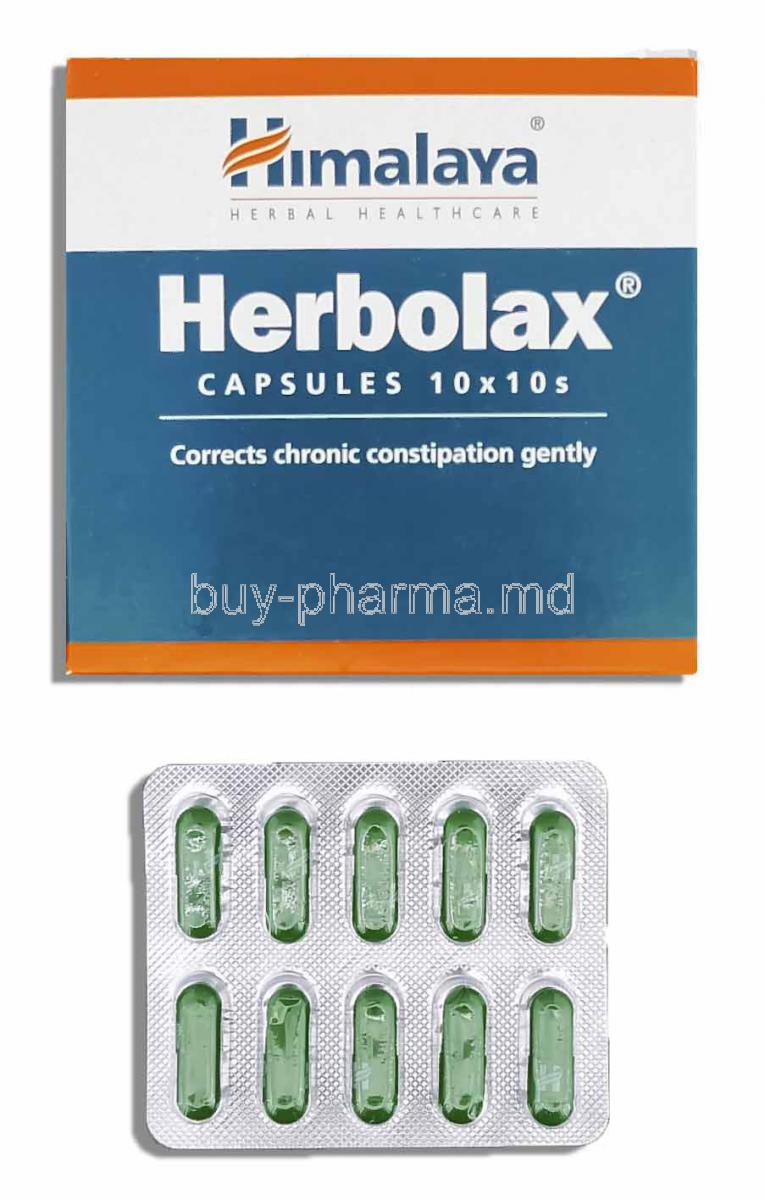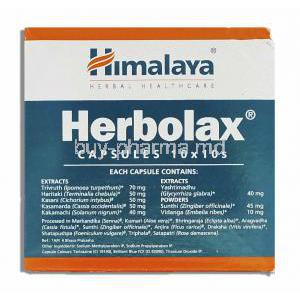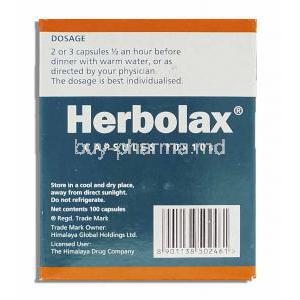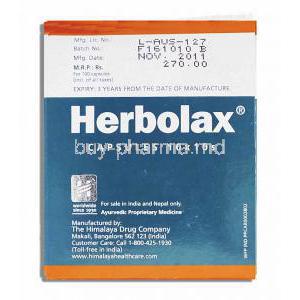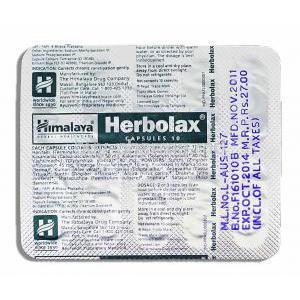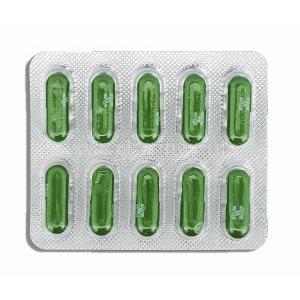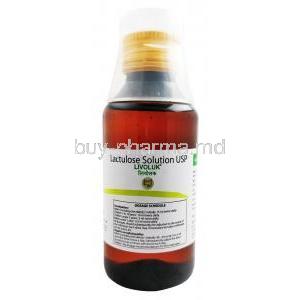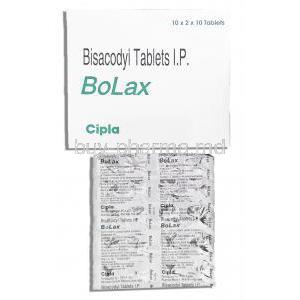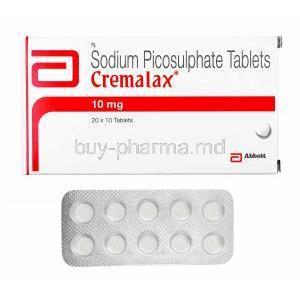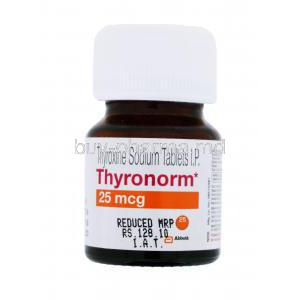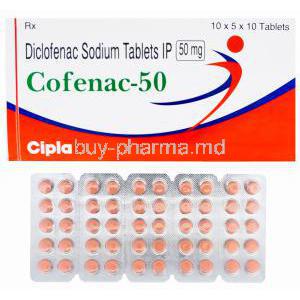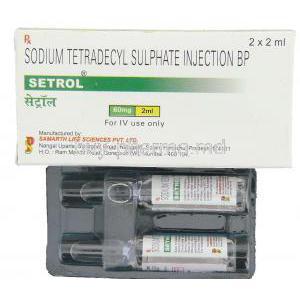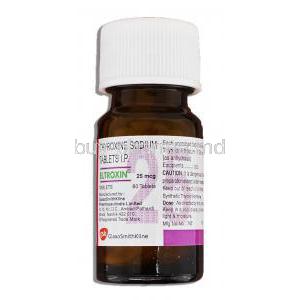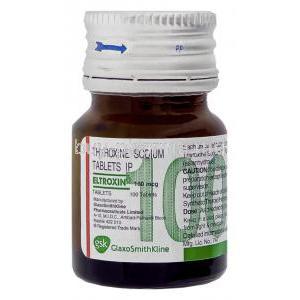Introduction to Himalaya Herbolax
Himalaya Herbolax is a time-tested ayurvedic formulation crafted to provide natural relief from chronic constipation. Drawing on the principles of traditional herbal medicine, Herbolax combines a blend of botanicals that synergistically work to support smooth bowel movements and digestive harmony.
Its non-habit-forming action and gentle mechanism make it a preferred choice in integrative medicine circles, particularly for those seeking natural alternatives to conventional laxatives. Widely used in Ayurveda and naturopathy, Herbolax has gained popularity across global wellness communities for its holistic effect on the gastrointestinal system.
Medical and Off-Label Uses of Himalaya Herbolax
2.1 Primary Use: Management of Chronic Constipation
Herbolax is primarily used to relieve persistent or episodic constipation. Its stimulant and softening properties facilitate regular evacuation without harsh side effects.
- Promotes effective bowel clearance in chronic cases
- Useful in cases of lifestyle-induced or low-fiber diet-related constipation
2.2 Use in Piles, Anal Fissures, and Postoperative Conditions
Herbolax eases defecation, reducing strain on anorectal conditions such as piles and fissures. It is often recommended as supportive therapy:
- Softens stools to reduce trauma in hemorrhoidal patients
- Aids recovery after anorectal surgeries by preventing hard stools
2.3 Off-Label Use in Digestive Health Support
Beyond its approved uses, Herbolax is often incorporated in detox regimens and colon cleansing protocols:
- Supports Ayurvedic Panchakarma pre-cleansing stages
- Occasionally used to relieve toxin buildup and promote digestive balance
2.4 Supportive Role in Sedentary Lifestyle Constipation
Patients with limited mobility—including elderly, convalescing, or sedentary individuals—benefit from Herbolax's mild stimulation of intestinal motility, helping counteract bowel sluggishness.
Mechanism of Action: How Herbolax Works in the Body
The herbal ingredients in Herbolax initiate a gentle yet effective stimulation of peristalsis. Senna glycosides enhance intestinal contractions, while softening agents promote hydration within the colon.
- Facilitates water retention in stool, improving consistency
- Improves gut motility, relieving straining and incomplete evacuation
Detailed Herbal Composition and Key Active Ingredients
4.1 Major Components
- Cassia angustifolia (Senna): A natural stimulant laxative that increases intestinal contractions and stool volume.
- Terminalia chebula: Known for its astringent and mild purgative properties; helps tone and detoxify the bowels.
4.2 Supporting Botanicals
- Trivrit: Enhances evacuation and supports purgative action.
- Licorice: Provides a soothing, demulcent effect on mucosal linings.
- Haritaki: A mild laxative with adaptogenic properties aiding long-term gut health.
Dosage and Administration Guidelines
5.1 Recommended Adult Dosage
The standard adult dose is 1–2 tablets at bedtime, depending on individual response. Nighttime administration supports morning evacuation with minimal interference to daily routines.
5.2 Dosage Adjustments for Elderly and Debilitated Patients
Start with the lowest effective dose and monitor hydration status. Elderly patients are more prone to electrolyte disturbances and should be observed closely.
5.3 Dosage in Children: Pediatric Form and Safety Limits
Herbolax is not typically recommended for children under 12 unless under physician guidance. Pediatric formulations, if available, should be used with adjusted dosing.
5.4 Administration Tips
- Can be taken with or without food
- Ensure adequate fluid intake during therapy
- Combine with a fiber-rich diet to enhance effectiveness
Potential Side Effects of Herbolax
6.1 Common Side Effects
- Soft or loose stools
- Abdominal cramps or mild bloating
- Transient change in bowel patterns during initial use
6.2 Rare but Serious Adverse Effects
- Chronic use may lead to dependency or reduced natural motility
- Risk of hypokalemia or dehydration with overdose
Contraindications and Conditions to Avoid Use
- Complete or partial bowel obstruction
- Severe inflammatory bowel disease
- Known allergy to Senna or related herbal extracts
Important Precautions and Warnings
8.1 Safe Duration of Use
Do not use continuously for more than 7–10 days without medical advice. Herbolax is best used intermittently or as needed.
8.2 Use in Concurrent Laxative or Herbal Regimens
Avoid combining with other stimulant laxatives unless supervised, to prevent excessive cathartic action.
8.3 Need for Physician Consultation in Chronic GI Disorders
Patients with chronic gastrointestinal symptoms, bleeding, or pain should consult a healthcare provider before using Herbolax.
Careful Administration in Special Populations
9.1 Use in the Elderly
- Monitor hydration and electrolyte status
- Start with minimum dose to avoid over-stimulation of intestines
9.2 Administration in Pregnant and Breastfeeding Women
- Contraindicated in pregnancy due to uterine stimulant effects
- Not recommended during lactation unless approved by a physician
9.3 Pediatric Administration Guidelines
- Consult pediatrician before use in children
- Consider dosage form and child’s age and weight
Drug and Herbal Interactions with Herbolax
While Herbolax is generally well-tolerated, combining it with certain drugs or herbal supplements may lead to undesirable interactions. This is especially relevant in polypharmacy scenarios or during herbal integrative treatments.
- Diuretics: Concomitant use may increase the risk of hypokalemia due to compounded electrolyte depletion.
- Cardiac Glycosides (e.g., Digoxin): Hypokalemia from prolonged Herbolax use may potentiate the toxicity of glycosides, demanding caution.
- Corticosteroids: Risk of enhanced potassium loss when used concurrently, warranting electrolyte monitoring.
Additionally, Herbolax may interfere with the bioavailability of other oral medications. Rapid intestinal transit could reduce the absorption of time-sensitive or narrow therapeutic index drugs.
In complex polyherbal or multi-drug regimens, careful evaluation is advised to prevent overlapping laxative effects or unexpected pharmacodynamic responses. Healthcare provider consultation is strongly recommended before combining Herbolax with other internal remedies.
Overdose and Emergency Measures
Overconsumption of Herbolax, either accidental or intentional, can lead to acute gastrointestinal disturbances and systemic dehydration.
Symptoms of Acute Overdose
- Severe, persistent diarrhea
- Cramping abdominal pain
- Marked dehydration and electrolyte imbalance
- Dizziness, lethargy, or hypotension in extreme cases
First Aid and Supportive Treatment
- Immediate discontinuation of the product
- Oral or IV rehydration with electrolyte solutions
- Monitoring renal function and cardiac rhythm
If symptoms persist or escalate, emergency medical attention should be sought without delay. In vulnerable populations (children, elderly, or chronically ill patients), even moderate overdose warrants prompt professional care.
Storage and Shelf Life Information
To maintain Herbolax’s efficacy and safety, proper storage is essential. Environmental factors such as temperature, humidity, and light exposure can affect the stability of herbal compounds.
- Ideal Storage Conditions: Store below 30°C (86°F) in a dry, well-ventilated place.
- Humidity Control: Avoid storing in bathrooms or damp areas to prevent degradation of tablets.
- Airtight Packaging: Keep in original container or a sealed bottle to minimize moisture ingress and contamination risk.
- Shelf Life: Monitor expiry date; most sealed tablets remain effective for 24–36 months under proper conditions.
Regular inspection of the packaging and tablet integrity can help ensure safe consumption and optimal therapeutic outcomes.
Safe Handling and Disposal Precautions
Proper handling and disposal practices help maintain safety at home and reduce environmental burden from pharmaceutical waste.
- Child Safety: Always store Herbolax out of reach of children to prevent accidental ingestion.
- Tablet Integrity: Do not use tablets that are chipped, discolored, or softened due to moisture exposure.
- Disposal: Expired or unused tablets should not be flushed or thrown in household trash. Dispose of them via local pharmaceutical waste programs or return-to-pharmacy initiatives if available.
- Sunlight Protection: Keep away from direct sunlight and heat sources to preserve herbal potency.
These measures not only preserve the product’s integrity but also align with safe and responsible medication practices.

